I've read a couple of research papers and technical user manuals concerning SOC estimation, all of which mentioned both charge efficiency and Self-discharge but did not mention whether these effects are related: charge efficiency is affected by temperature, rate of discharge, rate of charging and the current SOC of the battery, but is the self-discharge effect taken into account for determining the charge efficiency coefficient for low discharge rates?
Also, when manufacturers specify the charging efficiency coefficients in their datasheets, (not that I have seen any datasheets which do have it) do those coefficients model the self-discharge effect? in other words, will I have to subtract the self-discharge current from the charging current during current integration (coulomb counting) if I multiply the integral by the aforementioned coefficient?
Coulomb counting equation:
Equation Source: source
